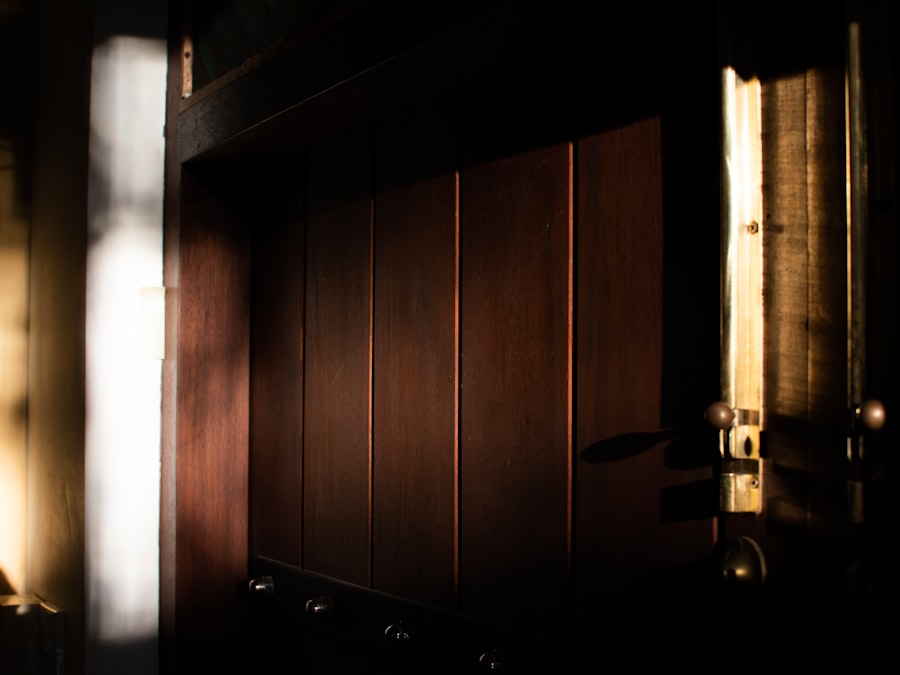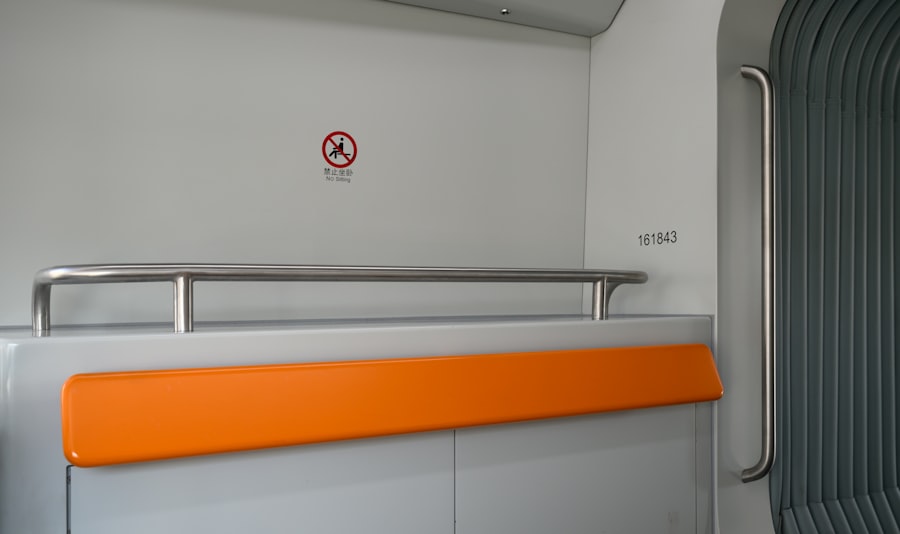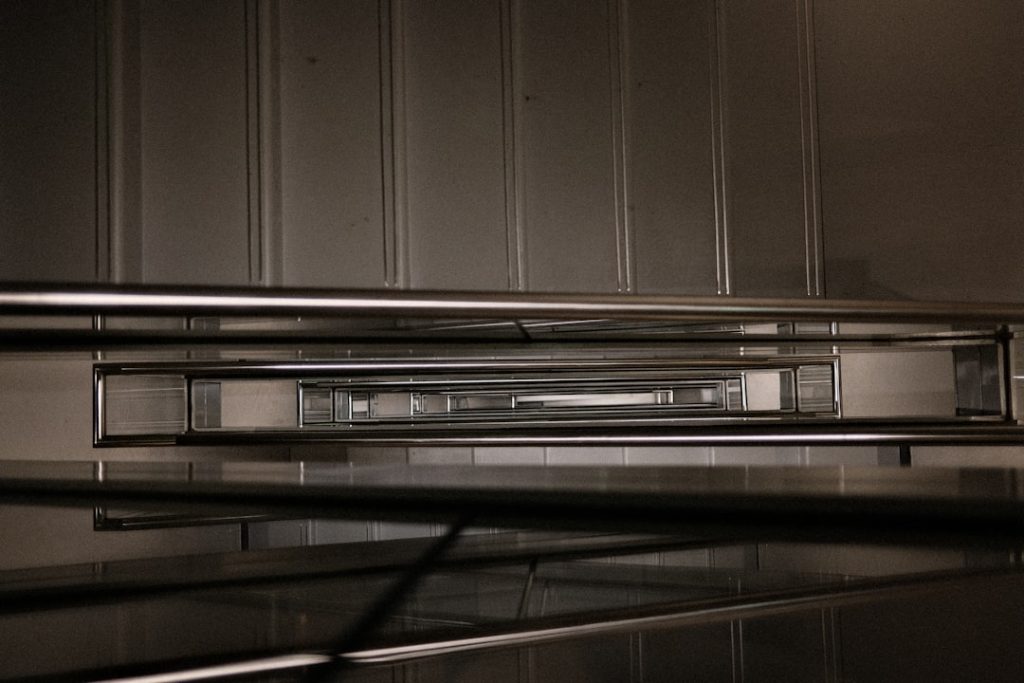Custom cabinets refacing is a transformative process that allows homeowners to revitalize their kitchen or bathroom cabinetry without the need for a complete overhaul. This method involves replacing the cabinet doors and drawer fronts while keeping the existing cabinet boxes intact. The process can also include applying a new veneer or laminate to the cabinet boxes, providing a fresh look that can dramatically change the aesthetic of a space.
By opting for refacing, homeowners can achieve a custom appearance tailored to their style preferences while saving time and money compared to a full cabinet replacement. The appeal of custom cabinets refacing lies in its versatility. Homeowners can choose from a wide array of materials, colors, and finishes, allowing for a personalized touch that reflects their unique taste.
Whether one prefers the warmth of natural wood, the sleekness of modern laminates, or the elegance of painted finishes, refacing offers an opportunity to create a cohesive design that enhances the overall ambiance of the room. Additionally, this approach is often less disruptive than a full remodel, as it typically requires less time and labor, making it an attractive option for those looking to refresh their space without extensive renovations.
Key Takeaways
- Custom cabinets refacing offers a cost-effective way to update kitchen aesthetics without full replacement.
- Selecting the right materials is crucial for durability and achieving the desired look.
- Professional installation ensures quality results and can save time and potential errors.
- Refacing provides a quicker, less disruptive alternative compared to traditional cabinet replacement.
- Proper maintenance extends the life and appearance of refaced cabinets.
Benefits of Custom Cabinets Refacing
One of the primary benefits of custom cabinets refacing is cost-effectiveness. Refacing is generally more affordable than replacing cabinets entirely, as it eliminates the need for new cabinet boxes and associated labor costs. Homeowners can achieve a high-end look without the hefty price tag that often accompanies a full remodel.
This financial advantage makes refacing an appealing option for those on a budget or looking to increase their home’s value without significant investment. In addition to cost savings, custom cabinets refacing is an environmentally friendly choice. By reusing existing cabinet structures, homeowners reduce waste and minimize their environmental footprint.
This sustainable approach aligns with the growing trend toward eco-conscious living, where individuals seek to make choices that benefit both their homes and the planet. Furthermore, many refacing materials are sourced from sustainable resources, allowing homeowners to enhance their spaces while supporting environmentally responsible practices.
Choosing the Right Material for Custom Cabinets Refacing

Selecting the appropriate material for custom cabinets refacing is crucial in achieving the desired look and durability. Common materials include wood veneers, laminates, and high-gloss finishes. Wood veneers offer a natural aesthetic and can be stained or painted to match any design scheme.
They provide the warmth and texture of real wood while being more cost-effective than solid wood cabinets. However, it’s essential to choose high-quality veneers that can withstand wear and tear over time. Laminates are another popular choice due to their versatility and durability.
Available in a vast range of colors and patterns, laminates can mimic the appearance of wood or stone while offering resistance to scratches and moisture. High-gloss finishes are particularly trendy in modern designs, providing a sleek and contemporary look that reflects light and creates an illusion of space. When selecting materials, homeowners should consider factors such as maintenance requirements, longevity, and how well the material complements existing decor.
Designing Your Dream Kitchen with Custom Cabinets Refacing
| Metric | Details | Typical Range | Impact on Design |
|---|---|---|---|
| Cost per Linear Foot | Average cost to reface cabinets per linear foot | 100 – 300 | Determines overall budget for refacing project |
| Time to Complete | Duration to complete cabinet refacing | 3 – 7 days | Influences project scheduling and kitchen usability |
| Material Options | Types of materials available for refacing | Wood veneer, laminate, thermofoil | Affects durability and aesthetic appeal |
| Customization Level | Extent of design customization possible | Basic to fully custom | Impacts uniqueness and functionality of kitchen |
| Environmental Impact | Eco-friendliness of refacing vs. replacement | Low to moderate | Supports sustainable design choices |
| Warranty Period | Typical warranty offered on refacing work | 1 – 5 years | Provides assurance on quality and durability |
| Increase in Home Value | Estimated value added to home post-refacing | 5% – 15% | Enhances resale potential |
Designing a dream kitchen with custom cabinets refacing involves careful planning and consideration of both functionality and aesthetics. Homeowners should start by assessing their current kitchen layout and identifying areas that could benefit from improvement. For instance, if storage is lacking, incorporating additional cabinetry or optimizing existing space with pull-out shelves can enhance usability.
The design process should also take into account the overall style of the home; whether it’s traditional, modern, or eclectic, the cabinetry should harmonize with other elements in the space. Color selection plays a pivotal role in kitchen design. Lighter shades can create an airy feel, making smaller kitchens appear more spacious, while darker hues can add depth and sophistication.
Additionally, incorporating contrasting colors for upper and lower cabinets can create visual interest and highlight specific areas of the kitchen. Hardware choices, such as knobs and pulls, should also be considered carefully; they can serve as decorative accents that tie together the overall design theme. Ultimately, designing a dream kitchen with custom cabinets refacing is about creating a space that is not only beautiful but also functional and tailored to the homeowner’s lifestyle.
When comparing custom cabinets refacing to traditional cabinet replacement, several key differences emerge that can influence a homeowner’s decision-making process. Traditional cabinet replacement involves removing existing cabinetry entirely and installing new units, which can be time-consuming and labor-intensive. This process often requires significant renovations, including plumbing or electrical adjustments if the layout changes.
In contrast, refacing allows homeowners to retain their existing cabinet boxes while updating only the visible components, resulting in less disruption to daily life. Another significant distinction lies in cost and time efficiency. Traditional replacement typically incurs higher costs due to purchasing new cabinets and additional labor for installation.
Refacing, on the other hand, is generally quicker and more budget-friendly, making it an attractive option for those looking to refresh their space without extensive renovations. Additionally, refacing minimizes waste by reusing existing materials, aligning with sustainable practices that are increasingly important to many homeowners today.
Hiring a Professional for Custom Cabinets Refacing
While some homeowners may consider undertaking custom cabinets refacing as a DIY project, hiring a professional can ensure a higher quality finish and save time in the long run. Professionals bring expertise in measuring, cutting, and installing materials accurately, which is crucial for achieving a seamless look. They also have access to specialized tools and equipment that may not be readily available to the average homeowner.
This expertise can be particularly beneficial when dealing with intricate designs or custom features that require precision. Moreover, professionals can provide valuable insights into design choices and material selection based on their experience in the industry. They can help homeowners navigate options that align with their vision while considering practical aspects such as durability and maintenance requirements.
By hiring a professional for custom cabinets refacing, homeowners can enjoy peace of mind knowing that their project is in capable hands, resulting in a beautifully finished product that enhances their living space.
Cost Considerations for Custom Cabinets Refacing

Understanding the cost considerations associated with custom cabinets refacing is essential for homeowners planning this type of project. The overall cost can vary significantly based on several factors, including the size of the kitchen or bathroom, the materials chosen for refacing, and any additional features such as new hardware or lighting fixtures. On average, homeowners can expect to spend between $1,000 to $9,000 on refacing projects; however, larger spaces or high-end materials may push costs higher.
Labor costs also play a significant role in determining the total expense of custom cabinets refacing. Hiring professionals typically incurs additional fees based on their expertise and the complexity of the project. Homeowners should obtain multiple quotes from contractors to ensure they receive competitive pricing while also considering the quality of work provided.
It’s important to remember that investing in quality materials and skilled labor can lead to long-term satisfaction with the finished product.
Maintaining and Caring for Custom Cabinets Refacing
Once custom cabinets have been refaced, proper maintenance is crucial to ensure their longevity and appearance remain intact over time. Regular cleaning is essential; using mild soap and water with a soft cloth can help remove dirt and grime without damaging finishes. Homeowners should avoid harsh chemicals or abrasive cleaners that could scratch or dull surfaces.
For wood veneers or painted finishes, periodic polishing with appropriate products can enhance shine and protect against wear. In addition to cleaning, homeowners should be mindful of humidity levels in their kitchens or bathrooms. Excess moisture can warp wood materials or damage finishes over time.
Using exhaust fans during cooking or showering can help mitigate humidity levels. Furthermore, addressing any minor repairs promptly—such as tightening loose hardware or fixing small scratches—can prevent more significant issues down the line. By following these maintenance tips, homeowners can enjoy their beautifully refaced cabinets for years to come while preserving their investment in style and functionality.



